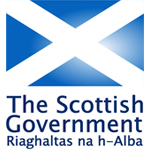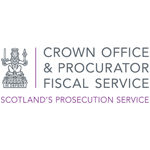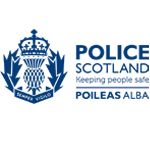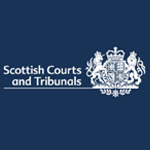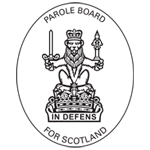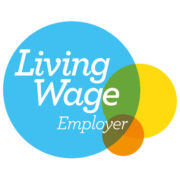Crime in Scotland reduced by almost 50% in last decade
The Scottish Crime and Justice Survey (SCJS) 2019-20 interviewed around 5,600 adults regarding their experiences of crime, including incidents not reported to police.
The interviews took place before COVID-19 restrictions came into effect, revealing that the volume of crime in Scotland is down 46% since 2008-09, with violent crime falling by nearly 39% over the same period.
The official statistics show people are now less likely to be a victim – with 11.9% of adults experiencing crime compared to 20.4% in 2008-09. As with the previous year, adults in Scotland were less likely to experience crime than those in England and Wales during 2019-20, with victimisation rates of 11.9% and 13.3% respectively.
The proportion of adults experiencing property crime fell from 18.0% in 2008-09 to 10.0%, with the estimated number of incidents almost down 49% over this period.
Despite the large reduction in overall crime in Scotland over the years, victimisation rates continued to vary. The likelihood of experiencing any crime was higher among those living in the 15% most deprived areas and urban areas of Scotland. The likelihood was lowest for people aged 60 and over.
The Scottish Crime and Justice Survey does not cover all crime types. For example, experiences of cybercrime and sexual offences are not included in the main estimates and are instead collected and reported on separately. However, some of the most common crimes and responses are summarised below.
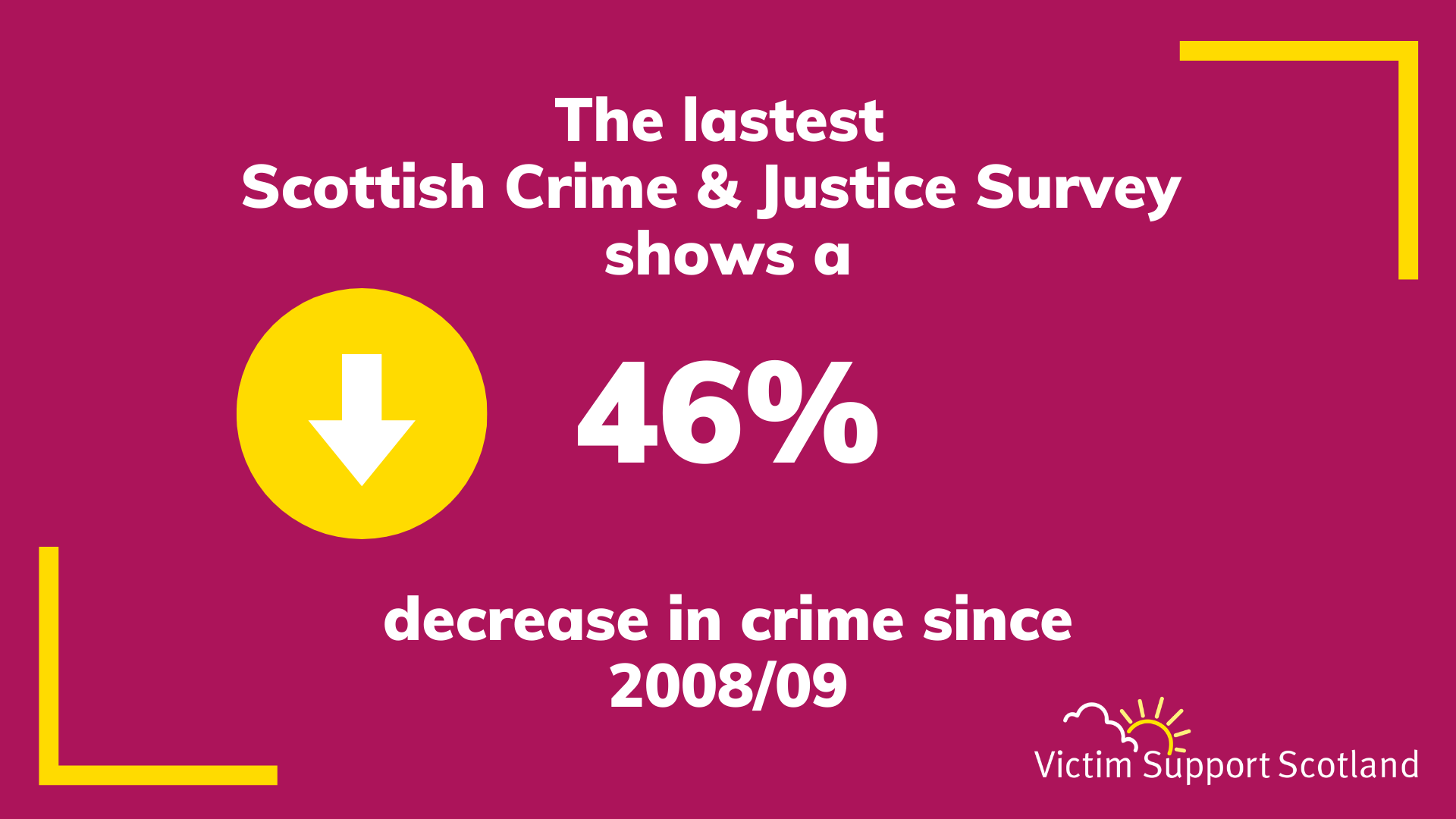
Safety
More people (77% in 2019-20 compared to 66% in 2008-09) reported feeling very or fairly safe walking alone in their local area after dark. However, differences in safety perception remain amongst the population. Women, people in the 15% most deprived areas, those living in urban areas, and victims of previous crime were less likely to feel safe, more likely to be worried about specific types of crime, and more likely to think they would experience crime in the coming year.
Domestic abuse
The survey identified that 12.5% of female respondents had experienced both psychological and physical abuse since the age of 16, while just 4.8% of males had.
Stalking
In the 12 months prior to interview, almost 11.8% of adults experienced at least one type of stalking and harassment. The most common type of stalking and harassment was via unwanted messages by text, email, messenger or posts on social media sites.
People affected by multiple crimes
The proportion of adults experiencing multiple victimisation – where someone is a victim of at least two incidents – fell from 8.2% to 3.6% between 2008-09 and 2019-20.
One in every 100 adults were victims of repeated incidents of violence, but their experiences accounted for almost two-thirds of violent crime in 2019-20.
The impact of crime
Victim Support Scotland recognises that any decline in crime trends is to be welcomed, and while these statistics reveal a generally positive picture of crime rates across Scotland, it is important that we don’t lose sight of the devastating impact crimes, ranging from anti-social behaviour to rape and sexual assault, can have on the person experiencing them.
It remains vital that Scotland’s justice system improves and adapts to the changing nature of crime if it is to support and protect people when they need it most.
Read the full Scottish Crime and Justice 2019/20 report.
Victim Support Scotland is here to help anyone affected by crime. If you need support, please contact us via our helpline (0800 160 1985), our webchat service or our contact form.
Latest news and blogs
-

Children (Care and Justice) (Scotland) Bill: Stage 3 Debate
At Wednesday’s debate on Stage 3 of the Children (Care and Justice) (Scotland) Bill, we’re asking members of the Criminal Justice Committee to consider the rights of victims who are harmed by 16 and 17-year-olds. Read our briefing to MSPs.
Read more
-
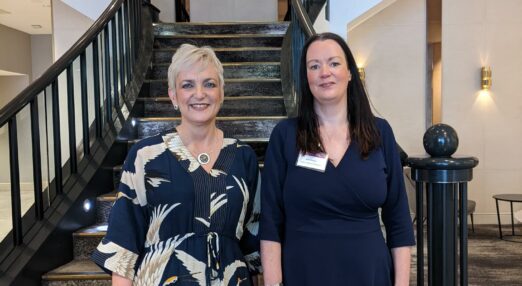
Remote evidence suites
Victim Support Scotland receives £500,000 funding from Scottish Government for specialist remote evidence suites
Read more
-
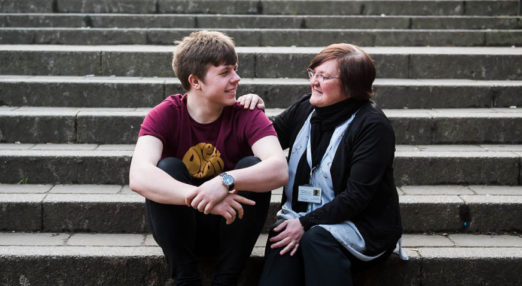
Victims, Witnesses, and Justice Reform Stage 1 debate
At today’s debate on Stage 1 of the Victim’s, Witnesses, and Justice Reform (Scotland) Bill, we’re asking members of the Criminal Justice Committee to keep victims’ views at the heart of their decision-making. Read our briefing to MSPs:
Read more
-

Victims’ charity seeks support to uphold victims’ rights
Victim Support Scotland, Scotland’s leading national charity for victims, is urging MSPs to consider victim support and information needs in the Children (Care and Justice) (Scotland) Bill as the debate of Stage 3 of the Bill approaches on 24 April.
Read more
-

Join Victim Support Scotland as a charity Trustee
Are you an exceptional leader, ambitious for change to improve victims’ and witnesses’ experiences of the criminal justice system? Leading charity VSS is looking for high calibre and committed professionals to join our Board of Trustees.
Read more
-
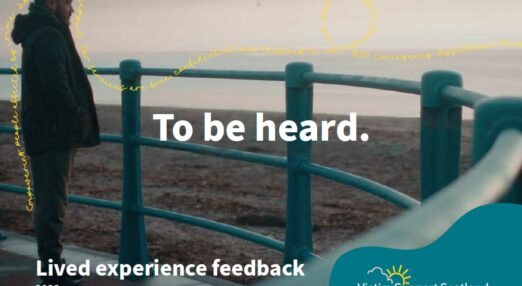
The importance of feedback
We always seek to hear from individuals affected by crime about their experiences with our services. This is crucial to ongoing learning and improvement within our work and in informing others about how our support can make a difference. We particularly encourage those who have experienced harm caused by children and young people under 18 to share their views.
Read more
-
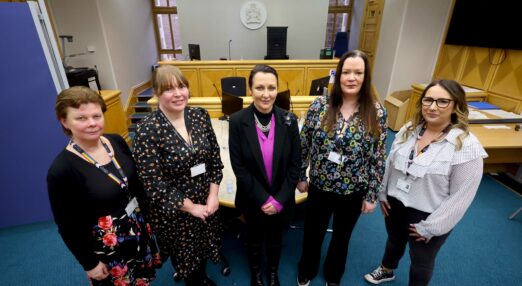
Minister goes to court to learn about services for victims and witnesses
As part of Victims’ Awareness Week, Minister for Victims and Community Safety Siobhian Brown visited Edinburgh Sheriff Court for a familiarisation visit.
Read more
-
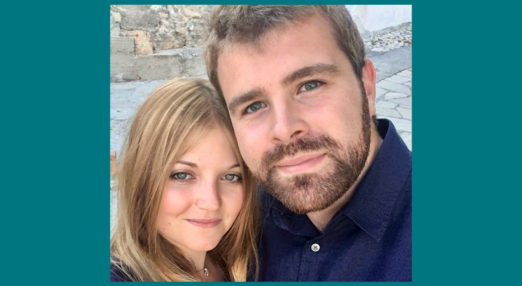
Bex’s story
Read more
-
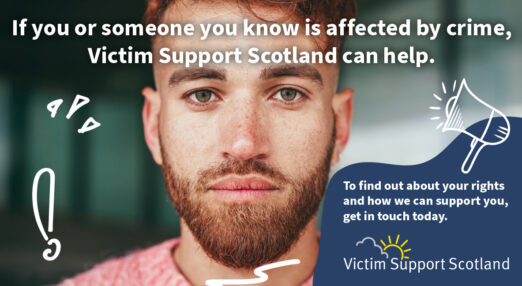
Campaign launches to support more victims of crime – press release
Read more
-

Student Volunteering Week – Priya’s story
Read more
-
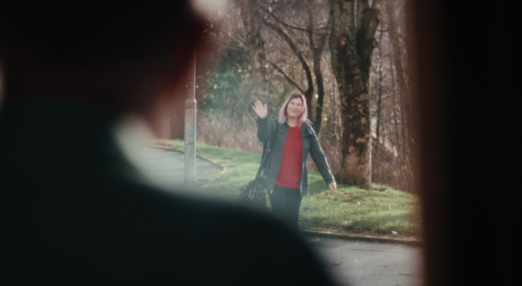
Student Volunteering Week – Anna’s story
Read more
-
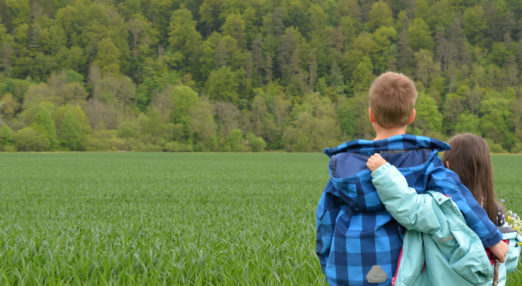
Victim support organisations sign open letter calling for anonymity for children who die as a result of crime
Read more

